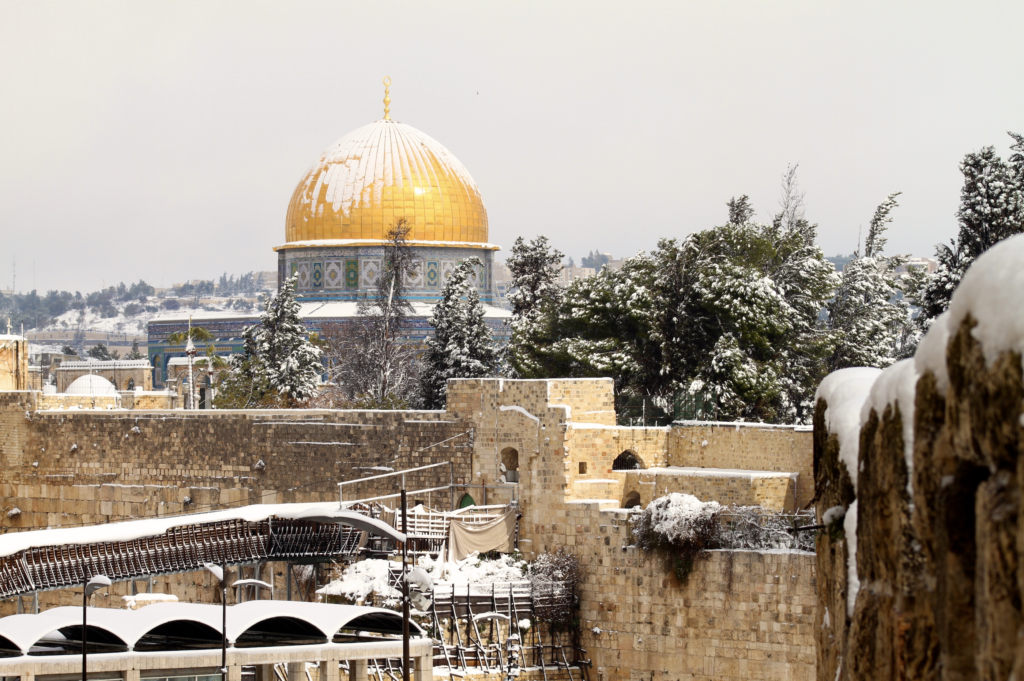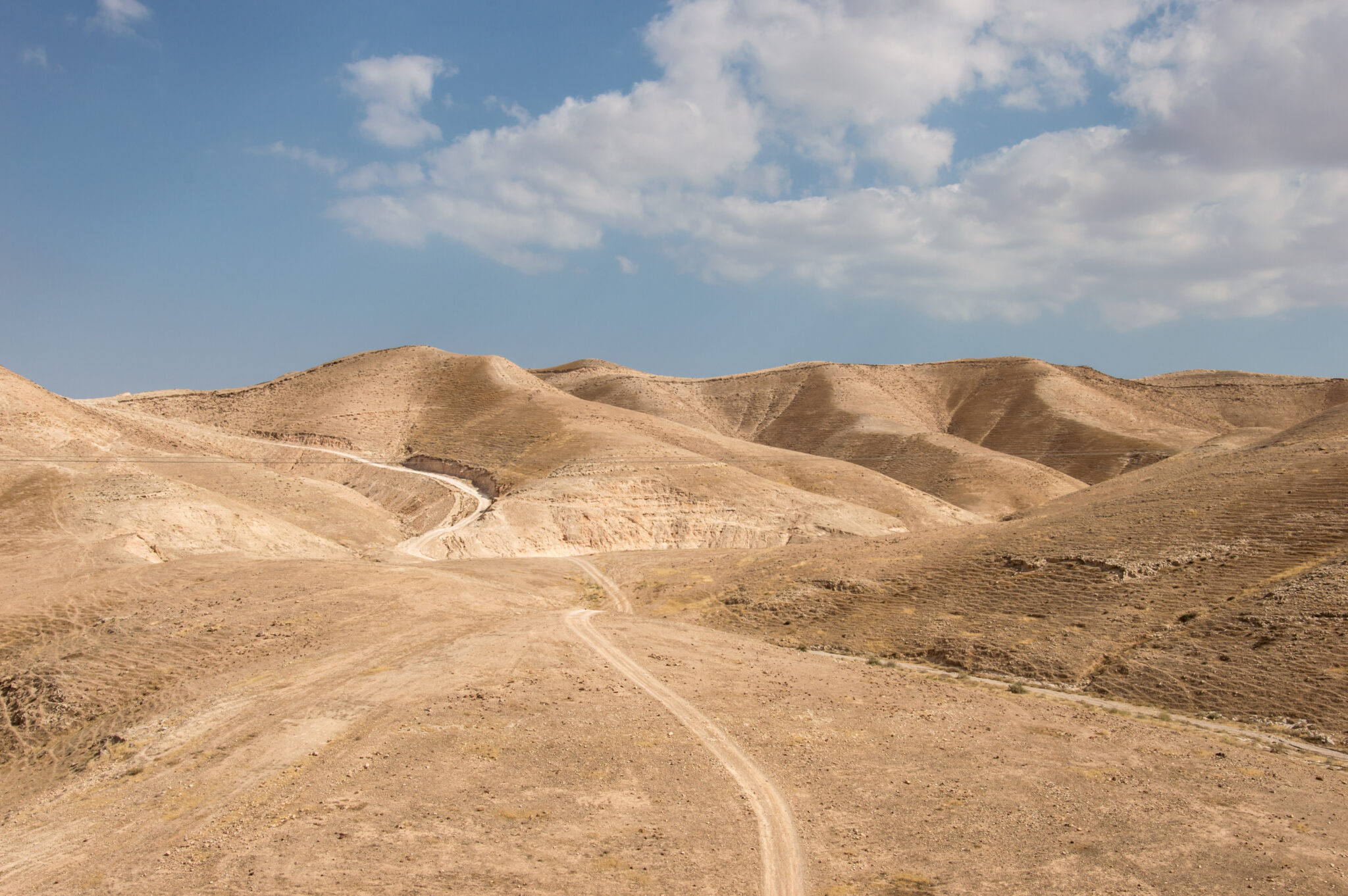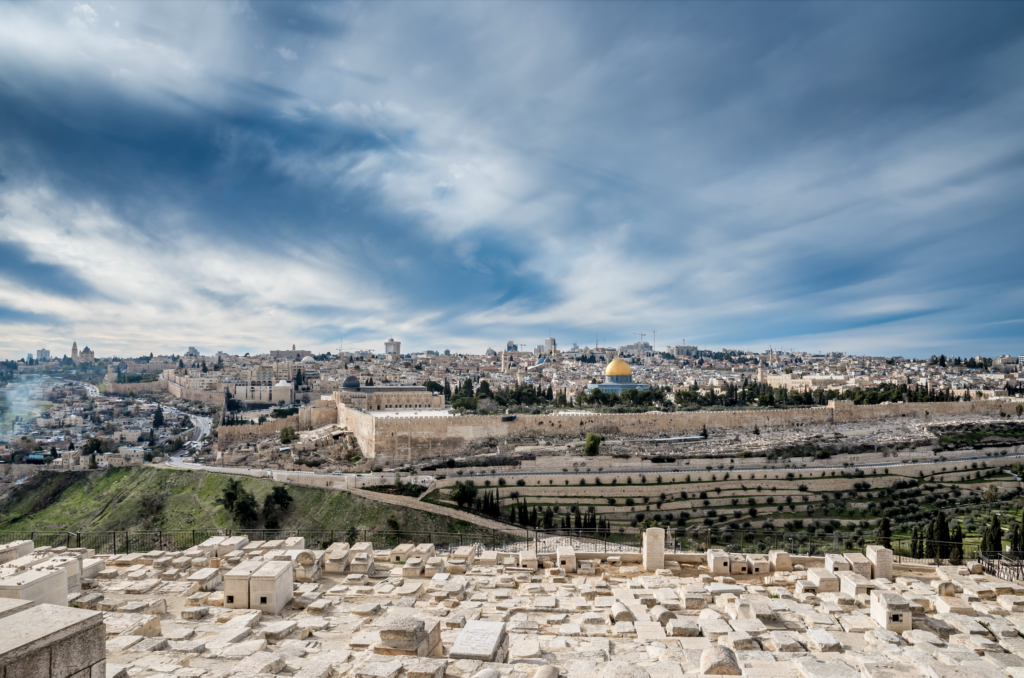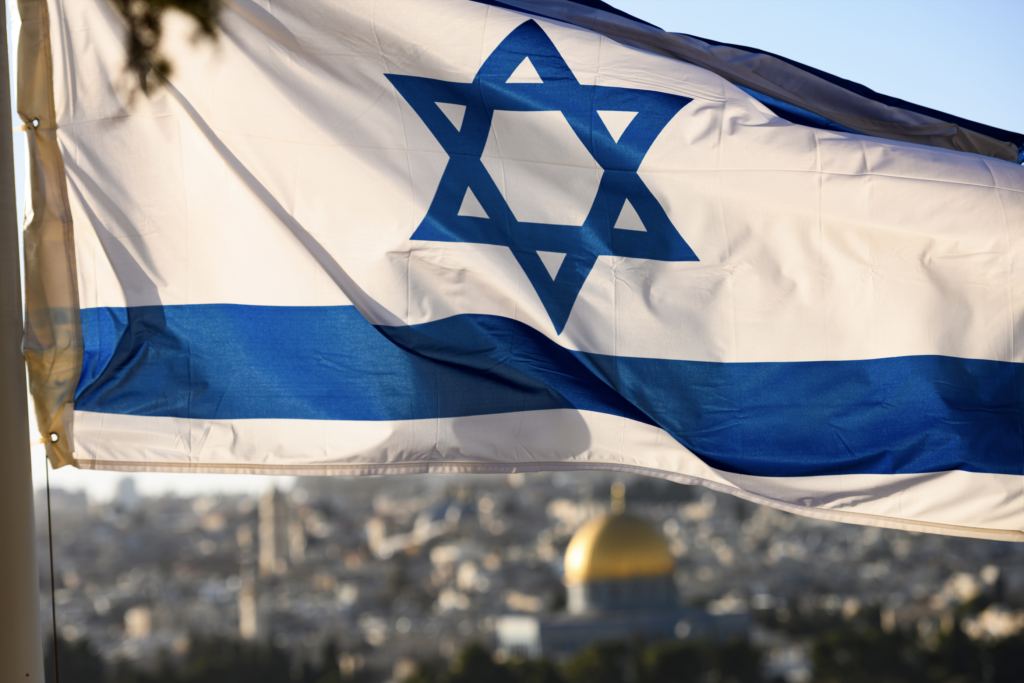Jerusalem is one of the most famous cities in the world. From ancient history to modern headlines, it matters. Here are 10 Jerusalem facts you may not know!
1. Jerusalem is safe.
Some feel a little unsure about walking the streets of Jerusalem after dark. But statistically, Jerusalem is safer than most big cities its size anywhere else in the world.
It is true that Israel is located in the most tumulus region in the world, which is the Middle East. However, the crime rate, including numbers of assaults and arrests, is much lower than that of most European capitals and state capitals in the USA.
We are not encouraging you to venture out at night to areas you do not know. But if you’re considering going out to dinner somewhere downtown, you should feel safe to do so! And you might even run into families with kids – somehow their bedtime is much later in this part of the world.
2. Jerusalem is just as old as it is new.
There are more than 2,000 active archaeological sites, and at the same time, over 200,000 new apartments and offices under construction. The joke around town is, cranes are the official birds of Jerusalem.
With its millennia-long history, there’s always more to discover underground from centuries past. All the while, the city continues to grow and expand, making it more modern and advanced than you’d expect!
3. The Mount of Olives is the world’s oldest active cemetery.
You’ve probably seen this cemetery on hundreds of postcards and in photos of all your friends who visited Israel. But did you know that the Jerusalem’s Mount of Olives is the oldest still active burial site in the world?
It is one of the most recognizable landmarks of the city, valued by Jews and Christians alike. Mount of Olives has been a burial site for centuries, which makes it fascinating to visit, too.
It houses more than 150,000 Jewish graves, and the number keeps growing.
4. It snows in Jerusalem.
It is not uncommon to snow in Jerusalem in winter, and even the summer nights still can get chilly (although not as cold as in winter, of course).
Most of southern Israel is considered a desert and the central part of the country, which includes Jerusalem area, is characterized by warm semi-arid climate (arid, meaning dry). However, at the elevation of over 700 meters above sea level (almost 2,500 feet) Jerusalem tends to stay much cooler than her coastal sister, Tel Aviv.
5. The Capital is right by (or, some may say, it is actually in) the desert.
I know that we just mentioned that it tends to snow in Jerusalem. And yet, the capital city of Israel is practically surrounded by the desert.
If you travel outside the city to the east or to the south, you will find yourself in the Judean Desert. Britannica explains that because of its unique setting, Jerusalem has both Mediterranean and Irano-Turanian vegetation.
In autumn and spring Jerusalem often experiences a dry desert wind. A thin layer of sand on the city windows and cars serves as a reminder that the desert is just a few steps away.
6. Some Jerusalem residents have never set foot in the Old City.
Sounds shocking, right? If you have visited Jerusalem, I bet the Old City was close to the top of your sightseeing list.
But some residents, especially the secular ones, don’t recognize its significance. And others are a little fearful to visit, because the news often mentions this location in relation to clashes between Jews and Arabs.
Just like you may have not visited a national park or a museum that’s practically “in your backyard”, some Jerusalemites regard the Old City to be a tourist attraction only.
7. You can find historical sites every- & anywhere.
Walking around residential Jerusalem, you can walk across a historical site at any step.
Even though in Biblical times Jerusalem was significantly smaller, and for the most part restricted by city walls, random historical sites are scattered throughout the modern city.
A great example of that is a 2,000+ years old burial chamber of Jason, an ancient naval commander, tucked away in the middle of a modern residential area of Rechavia.
8. You can see Bethlehem from Jerusalem.
Jerusalem and Bethlehem are two distinct cities, so one would expect them to be separated by quite some distance. They are both also very recognizable for their individual reasons, so there is no way the two would blend together in anyone’s mind.
But truth be told, you could actually walk over from one of these cities to the other! It is less than the 10k you just ran the other month! (You don’t get a medal for this one though.)
However, if you do decide to take this trek, keep in mind that you will have to cross a security crossing on your way, and that can take extra time. And it’s probably best to not attempt this in the heat of the summer.
9. Significant parts of Jerusalem (and other parts of the country) do not belong to Israel.
Most of the land in Israel is administered by the Israel Land Authority (ILA). The land can be leased to private persons for most practical purposes, but the ILA still holds a considerable power over it.
However, there are important pieces of land that are in fact fully owned by other entities. Namely: churches! Much of the current population of Jerusalem is living on land that is owned by various Christian denominations.
You might be shocked to hear that the following places stand (fully or partly) on church-owned land: the Prime Minister’s Residence, the President’s Residence, the Knesset (Parliament Building), and the Great Synagogue.
10. Jerusalem Day is a celebration of 55+ years of opening the city to the public!
Jerusalem Day (which is celebrated in Spring, between Israeli Independence Day and Shavuot) commemorates the reunification of Jerusalem as a result of the 1967 Six-Day War.
Although Israel has been independent since 1948, the Old City of Jerusalem was initially under Jordanian occupation. Jews had no access to their holy sites, like the Western Wall.
Today, regardless of your cultural, national, religious or ethnic background, you can enter through the gates of the Old City in Jerusalem!
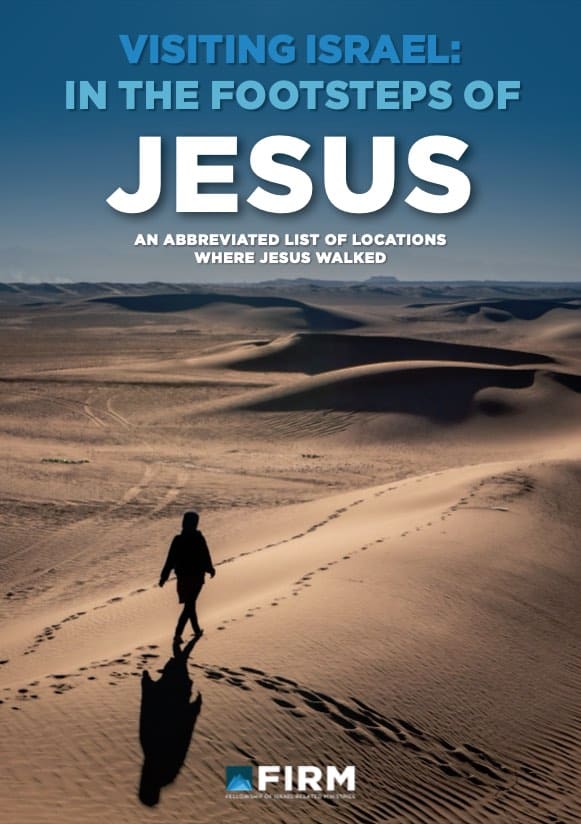
Visiting Israel: In the Footsteps of Jesus: Free PDF Download
It is quite exciting to think that while touring Israel you are walking on the same land that Jesus did.
Whether it is the reason why you came to Israel or not, it is worth noting which locations were significant to His life and ministry. God chose this piece of land to send His Son to live on earth. Many archeological findings confirm the locations mentioned in the Bible.
Articles Related to Jerusalem
Estimated reading time: 4 minutes


